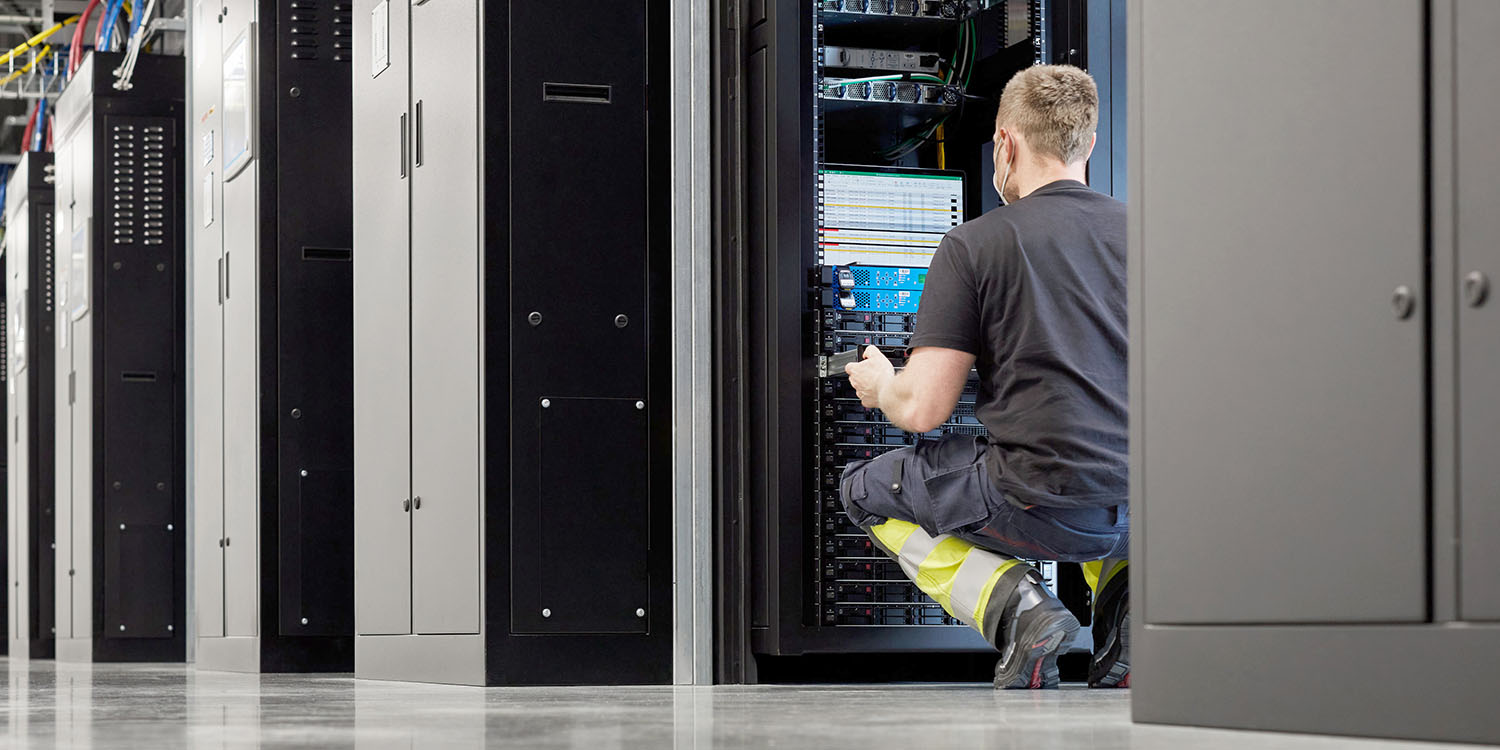
It’s been more than five years since plans were announced for an innovative Apple data center town heating plan. The idea was to harvest excess heat, and use it to help warm nearby homes.
That plan still hasn’t been implemented, but there is now much greater interest in the face of huge increases in energy costs …
Background
Data centers use a lot of power, and generate a lot of heat. Indeed, one of the reasons for their high power consumption is the need to cool the servers and related equipment.
Back in 2017, Apple came up with a plan to boost the environmental friendliness of its then-new Danish data center. In addition to powering it entirely from renewable energy, excess heat would be captured and fed into a local heating system for the nearby town.
Apple announced the plan in its 2017 Environmental Responsibility Report.
We’re currently constructing a new data center running on 100 percent renewable energy in Denmark’s central Jutland region. Due to its proximity to one of Denmark’s largest electrical substations, the data center won’t require back-up generators, which typically run on diesel and require periodic testing and burning of fuel. The facility is designed to capture excess heat from its equipment and conduct it into the local district heating system to help warm homes in the community.
Almost six years later, however, it still hasn’t happened.
Apple data center heat recovery plan
Apple’s Viborg data center uses air cooling, but instead of venting the heated air into the atmosphere, the plan is to use it to heat water. That hot water would then be fed into the local power station.
The power station already has a district heating system, which pumps hot water to homes in the nearby town of Viborg. Rather than each home having its own heating furnace, they are instead heated by the hot water pumped through all the homes in the town.
Apple’s heated water – at around 30°C (86°F) – would be further heated in the power station to 50°C (122°F), and form part of the water pumped to the local town. Heat pumps in the town would top up the temperature to 60°C (140°F), before it is pumped through homes, with valves in the home enabling individual temperature control.
By starting out with heated water from Apple, instead of cold water, the power station’s energy costs would be reduced.
High energy costs have boosted interest
While the plan sounded good from the start, it’s easier to announce than to implement. Pumping hot water any distance without losing much of the heat en route is challenging. You also have to balance out the cost of building and running the system against the energy savings.
Those sums seemingly didn’t make sense back in 2017, but with Russian sanctions having dramatically increased energy costs, the WSJ reports that there is now much greater interest in making it happen.
Electricity-hungry data centers are seeing huge growth in usage, leading to pressure from European officials to funnel the excess heat generated by their computer chips into municipal heating networks.
After years of discussions about putting residual heat to work rather than simply venting it outdoors, more such projects are becoming a reality […]
In the Danish town of Viborg, local officials pushed for Apple to connect a 485,000-square-foot data center there to the local heat network. This year, the company said it would do so as part of an expansion. Apple says it is working with local officials on how to use heat from the plant, which is powered by renewable-energy projects.
“The pressure is growing,” said Niels Fuglsang, a Danish member of the European Parliament who is leading negotiations on the energy-efficiency legislation. “If we can make sure we utilize the heat from data centers, we can save on our energy bills and do something good for the climate.”
Hopefully 2023 will be the year.
Photo: Apple
FTC: We use income earning auto affiliate links. More.






Comments